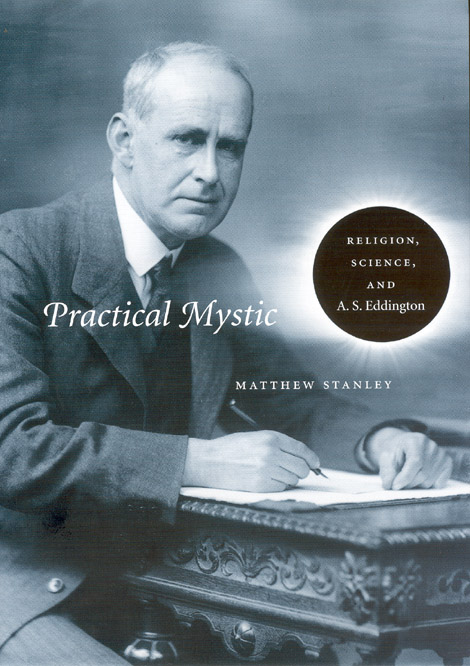A. S. Eddington and the intersection of science and religion

The perceived conflicts between science and religion have dominated the media lately with controversies surrounding everything from intelligent design to stem cell research making headlines almost daily. But nowhere was this apparent contradiction more fully resolved than in the figure of A. S. Eddington (1882—1944), a pioneer in astrophysics, relativity, and the popularization of science, and a devout Quaker. Matthew Stanley’s new book Practical Mystic: Religion, Science, and A. S. Eddington provides an in-depth study of how Eddington successfully incorporated both religious and scientific values into his life and work. In a recent edition of Nature magazine reviewer Owen Gingrich explains:
To analyse the relationship between science and society (including religion), Stanley examines the bridging function of what he calls “valence values”. Like the bonding ring of electrons, these values facilitate the interaction between science and culture. Through the lens of these values, Stanley uses Eddington as a test case for exploring the interaction of science and religion in Britain in the first half of the twentieth century.
Unlike the natural theologians of the previous century, Eddington did not seek a harmonization between science and religion. He saw both as processes of seeking. As he reminded his audience at the British Association for the Advancement of Science, “A knowledge of nature is the great end of our work; but, if we cannot attain that, there is at least the struggle after knowledge, which is perhaps no less a thing.” Eddington could have said the same of his religion.
Presenting a fascinating picture of Eddington’s refreshingly liberal views on the intersection of religion and science Practical Mystic is a timely study of Eddington’s brilliant life and work.